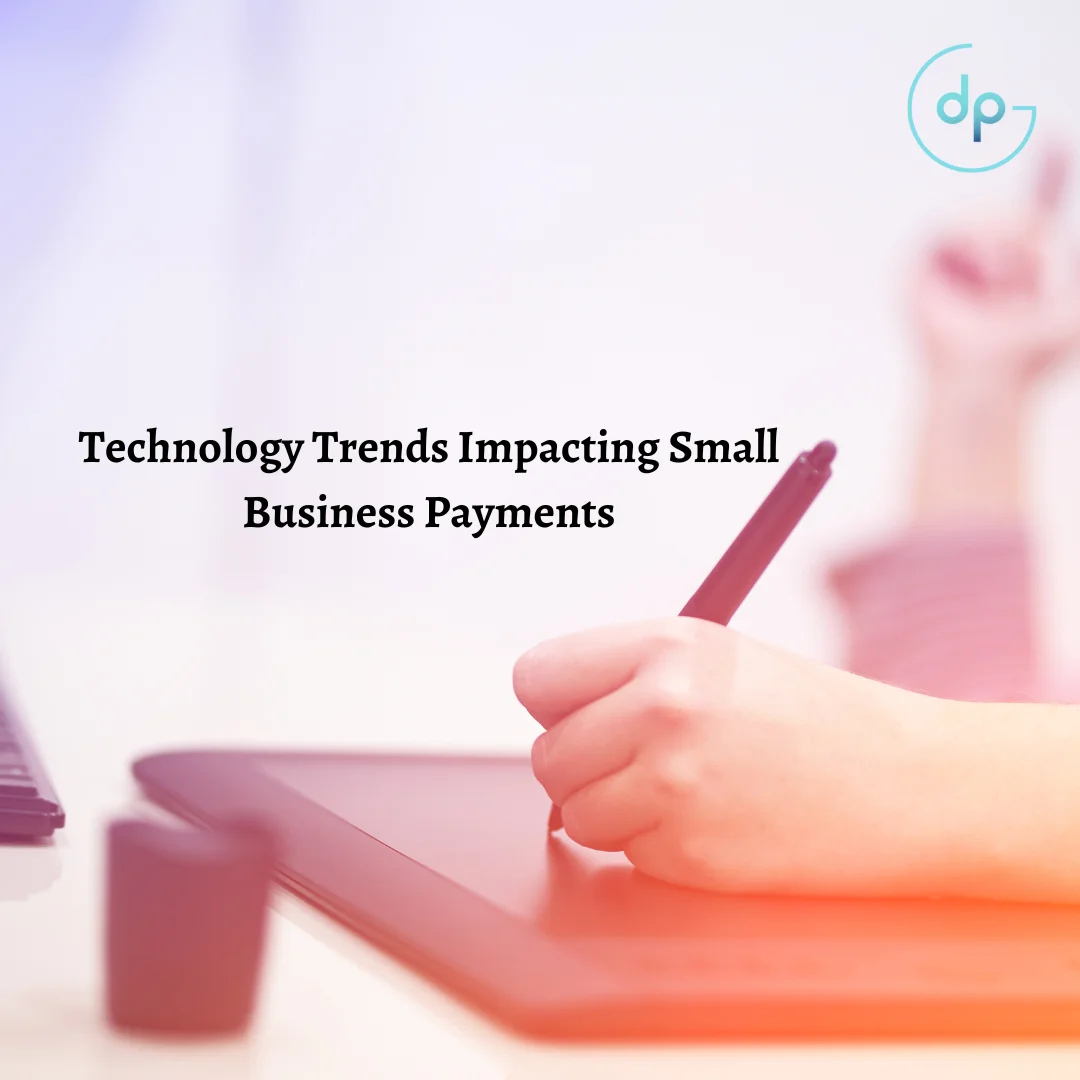Are you running an online business or planning to start one? You should have financial solutions for your online business to accept payments for the services or goods you will provide. The payment gateway is definitely something you will need, Meanwhile many merchants prefer payment aggregators because they provide a wide range of services and is beneficial in context to fees charged for those services.
What is a Payment Gateway?
Payment Gateway is online software which makes handles online payments with multiple payment modes like Credit/Debit cards, net banking, and more, It acts as an intermediate between a customer and merchant, the customer makes payments for certain goods offered by the merchant through the payment gateway.
What Are Payment Aggregators?
Payment Aggregators are basically service provider which allows the merchant to accept payments through multiple modes like credit/debit cards, Netbanking, and more without having a need for a merchant account. The term ‘aggregators’ denotes merchants are grouped together to opt for a merchant account which is controlled by a payment system on their behalf of them, whereas a merchant account, on the other hand, is owned and controlled by the merchant themselves. In other words, Payment Aggregators allow the merchant to collect the amount without setting up a merchant account that is connected with a bank.
How do Payment Gateway and Payment Aggregator work together?
It is a misconception that a payment gateway is the alone involved in an online transaction, Payment gateway handles only the data involved in the transaction and there are banks that work behind the scenes to issue merchant accounts. There can be too many merchants applying for a merchant account and willing to process payments. In such a situation, the bank has to handle both the underwriting process as well as the transaction of multiple merchants which becomes difficult. This is when a payment aggregator is needed; Payment Aggregators go through the underwriting process with acquiring banks and process payments for many merchants. Well, a Payment Aggregator can offer a Payment Gateway but a Payment Gateway cannot offer a Payment Aggregator. PayU and Instamojo are some of the payment gateway aggregators that provide payment gateway services to different merchants at a specific rate. Payment gateway service provider charges fees to the customer on behalf of the merchant and then transfers the money to the merchant account within a stipulated time period according to the payment aggregators, normally it is 3 days.
Payment Gateway vs. Payment Aggregators
Payment Gateway and Payment Aggregators both are different but interlinked, which means, payment aggregators need not act as payment gateway but payment gateway does need aggregators.
- Payment Options: The payment gateway in India allows the merchant to accept the payment through available options that are integrated into the portal, whereas Payment Aggregators allow the merchant to collect payment with multiple options like bank transfer, e-wallet, and the latest is UPI.
- Small Business: Payment gateways use Payment aggregators when it comes to small business because small business finds the transaction fees charged by a single payment gateway high and aggregators are beneficial in context to the cost for services.
- Intermediates & Interface: The payment gateway acts as an intermediate between the customer and merchant, the customer makes payment through a payment gateway for certain goods/services provided by the merchant. Aggregators act as an interface for the intermediates(Payment gateway) to accept payments and make settlements.
- Ownership: Payment gateways are owned by Payment Aggregators who cater payment processing for online businesses.
- License: Payment aggregators require payment aggregator licenses and security certificates like PCI DSS from the Payment card industry. Payment Gateway requires RBI authorization for setting up a business.
How are Payment Gateway and Payment Aggregator beneficial for Small Businesses?
Payment Aggregators are preferred by the small business as they are cost-effective for microtransactions, and payment gateway integration becomes easy for small businesses when catered to by aggregators. Payment Aggregators tend to become a payment processing platform for small businesses because of their minimal or no startup cost and fixed rates.
Benefits of Payment Aggregator over Payment Gateway.
- Ease of Application: Applying for a merchant account is a time-consuming process that involves a lengthy application and underwriting process, it includes a credit check, PCI compliance check and also close inspection of your business model. Whereas with Payment Aggregators there are minimal requirements and compliance checks.
- Faster Approvals: For Payment Aggregators, approvals take a few days making it suitable for a small business where time is a constraint.
- Get paid instantly: Once the application processing is done, the merchant can start accepting payments through multiple payment modes like Credit/Debit cards, Netbanking and more.
- Simple Fee structure: Payment Aggregators are beneficial for small businesses making microtransactions as the cost per transaction is minimal with aggregators. So it is easier for the merchant to shell out processing fees.






